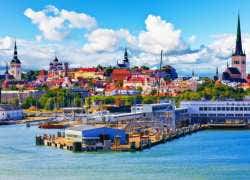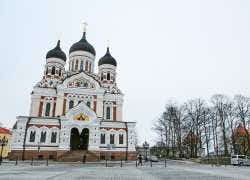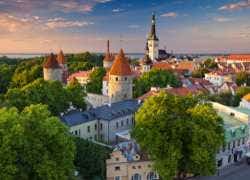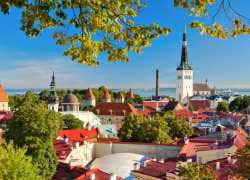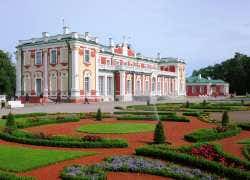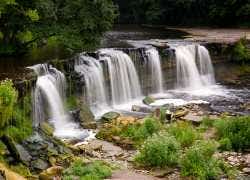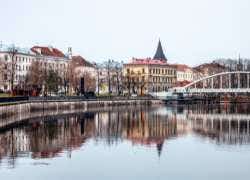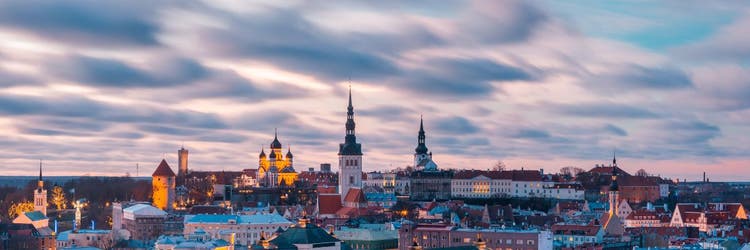
Customized tour to Estonia8-10 Day 3 Cities Tallinn, Tartu and Pärnu |
|
Estonia Vacation Guide: Essential Tips and Top Attractions Delve into the medieval allure of Tallinn's Old Town, where cobblestone streets and ancient towers whisper tales of yore. Immerse yourself in Tartu's vibrant cultural scene, a haven for art and history enthusiasts. Unwind on Pärnu's sun-kissed beaches, the perfect retreat for relaxation. Experience Estonia's rich history, dynamic arts, and stunning landscapes as you journey through this enchanting Baltic gem, where every moment reveals a new facet of its captivating charm. |
Tour FAQ
What is the best time to visit Estonia?
- Estonia experiences four distinct seasons, each offering its own charm. Summer, from June to August, is the most popular time to visit, with longer days and pleasant weather ideal for outdoor activities. Spring and autumn offer milder temperatures and fewer crowds, perfect for exploring cities and nature reserves. Winter, from December to February, transforms Estonia into a winter wonderland, with opportunities for skiing, snowshoeing, and experiencing traditional winter festivities.
Is Estonia a safe country to visit?
- Estonia is considered one of the safest countries in Europe for travelers. Violent crime rates are low, and the country has a well-functioning police force. As with any destination, it's advisable to take common-sense precautions, such as safeguarding personal belongings and being aware of your surroundings.
What are some traditional Estonian dishes to try?
- Estonian cuisine is influenced by its history and geography, with dishes featuring ingredients like potatoes, fish, rye bread, and dairy products. Some traditional Estonian dishes to try include sült (jellied meat), verivorst (blood sausage), kiluvõileib (herring sandwich), and kama (a type of cereal). Don't forget to sample local sweets like kohuke (quark snack) and kringel (Estonian pastry).
Are there any cultural customs or etiquette I should be aware of?
- Estonians appreciate punctuality and modesty in social interactions. It's customary to greet people with a firm handshake, maintain eye contact, and address them by their last name, followed by "Härra" (Mr.) or "Proua" (Mrs.). When visiting someone's home, it's polite to remove your shoes upon entering. Tipping is not mandatory but is appreciated for good service.
What are some cultural events or festivals I can experience in Estonia?
- Estonia hosts a variety of cultural events and festivals throughout the year, celebrating its rich heritage and contemporary arts scene. Some notable festivals include the Tallinn Music Week, Pärnu Film Festival, Viljandi Folk Music Festival, and Tartu Student Days. These events showcase music, film, literature, and performing arts, offering visitors a glimpse into Estonia's vibrant cultural landscape.
What are the best places for shopping in Estonia?
- Popular shopping areas include the Viru Keskus shopping center in Tallinn, the Balti Jaama Turg market, and local handicraft shops in the Old Town.
What are the main festivals in Estonia?
- Major festivals include the Tallinn Music Week, Viljandi Folk Music Festival, and Jaanipäev (Midsummer's Eve).
Are there any unique cultural experiences in Estonia?
- Unique cultural experiences include visiting a traditional Estonian sauna, attending folk music and dance festivals, and exploring medieval Hanseatic towns.
What traditional Estonian foods should I try?
- Traditional Estonian foods to try include black bread, mulgipuder (mashed potatoes and groats), verivorst (blood sausage), and kringel (sweet bread).
What are the best outdoor activities in Estonia?
- Popular outdoor activities include hiking in Lahemaa National Park, exploring the beaches on the islands of Saaremaa and Hiiumaa, and kayaking in the Soomaa National Park.
Tour Gallery
